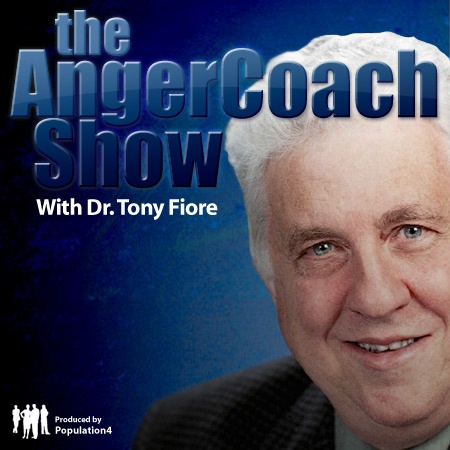Are You An Anger Hypocrite?
There are many definitions of a hypocrite, but the one that I wish to discuss in this blog is a person who professes one thing but does another. The hypocrite imposes standards on others to which his or her own behavior does not comply. The Anger Hypocrite One specific type of hypocrite that I often…
Anger Management: Learn to Diffuse The Angry Emotion
Anger is one of the core emotions or feelings that human beings are hard-wired to experience whenever they are blocked from achieving a goal they have or an end result they wish to achieve. Anger Management is the process of learning how to deal with anger as a core emotion. Everybody feels anger from time…
Six Parental Tips For Your Angry Children
It was labor day when 8 year old Brandon’s mother heard a commotion from her childs room. Seems that his 14 year old visiting cousin said something that upset Brandon which caused Brandon to strike the other boy. His mother Michelle hysterically called her therapist wondering what to do and how to handle the anger…
Anger Management In Action: Let sleeping dogs lie?
“How did your week go, Samuel?” I asked my married patient who consulted me for anger management and anger management skills to deal with his wife. “Much better,” he replied, “because I kept my mouth shut this time when I desperately wanted to argue with her because I knew I was right. I decided to…
Anger Management In Action: Try Simple Habit Changes
Thirty one year old Harry is a fairly typical client in our local anger management classes. At work he is considered a very nice man, a lamb, really. By his co=workers, he would be voted last place on a list of people who needed anger management. But his wife Holly tells a different story. She…
Angry Mothers: Learn Mindfulness. Then Teach It To Your Children!
The Problem “I can’t deal with my own children,” lamented a young mother in one of our anger management classes.“They won’t listen, they do exactly what they want, they constantly fight with each other, and they won’t do their chores without a major argument.” This young mother was ashamed that she was constantly angry at…
Can’t change your partner? Try Looking in The Mirror!
Anger is an emotion. But, angry emotions often trigger a specific behavior (like yelling, throwing things, hitting, insulting someone, etc) which causes problems for you either at home, at work, on the road, or in your family. Most people in our anger classes tell us that one of the reasons they exhibit the angry behavior is because they want to change someone or…
Wecome New Marital Arts Anger Educators
On behalf of Tom Callos and myself, welcome to the following forward-looking martial arts instructors/owners who have recently completed training as Anger Management Educators for Marital Arts Instructors with The Anger Coach. Completion of this innovative 20-hour online program identifies them as forward-thinking members of their community and their profession. They see their mission as…
Anger Control in Sports
News Item: “The Tennessee Titans are requiring Albert Haynesworth to continue anger-management counseling he started during a five-game NFL suspension for stomping the face of a Dallas Cowboys opponent. Haynesworth worked out at the team’s headquarters Monday, the first day he was eligible to return. The Titans will allow him to rejoin the team at…
The AngerCoach Show
In this first Episode of the AngerCoach Show, we highlight some practical ways to apply anger management tools in your life. Every month we will be offering new and viable tips and exercises for individuals seeking to offer help to loved ones, friends or who are interested in their own personal development. In addition to…

